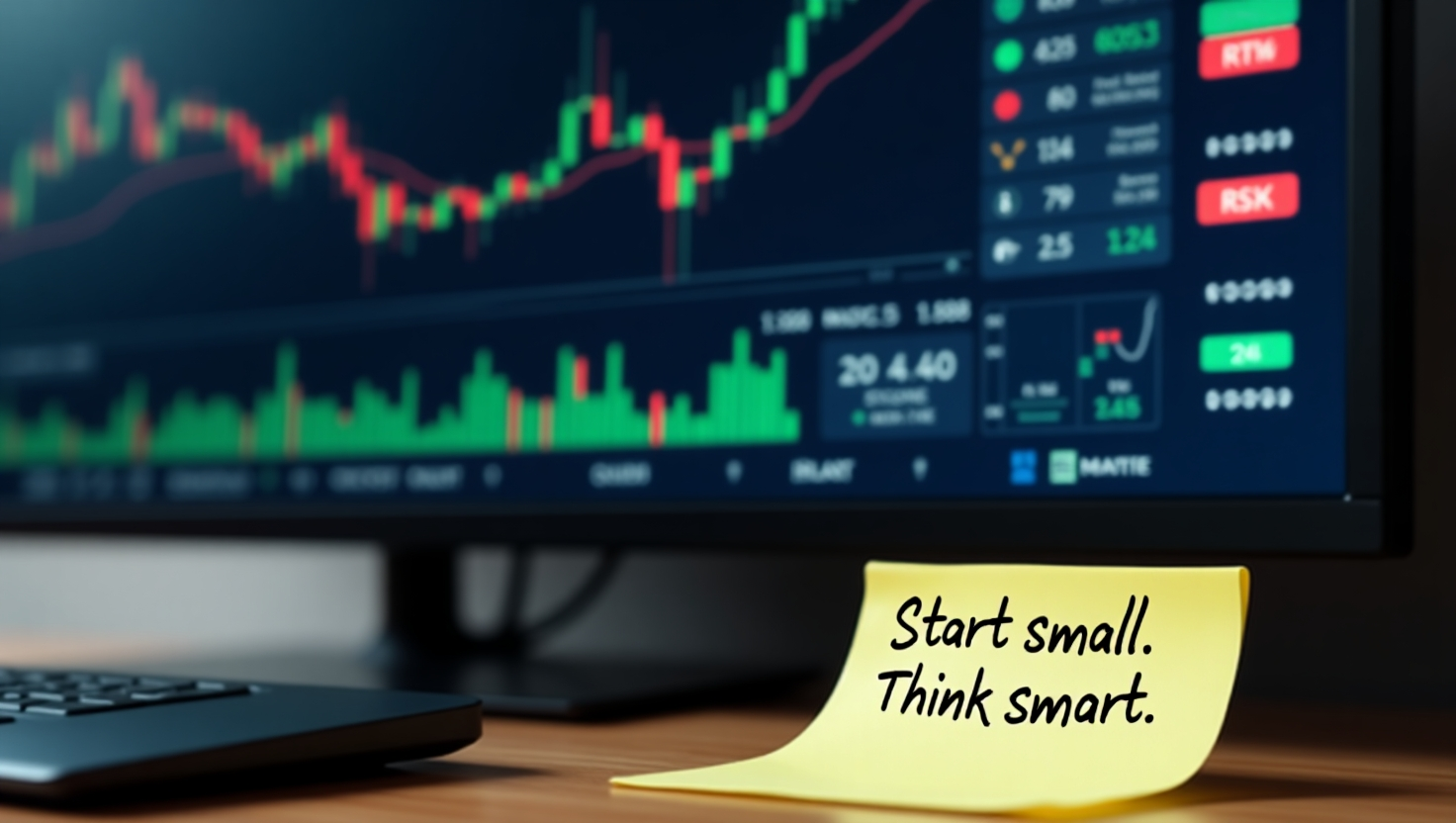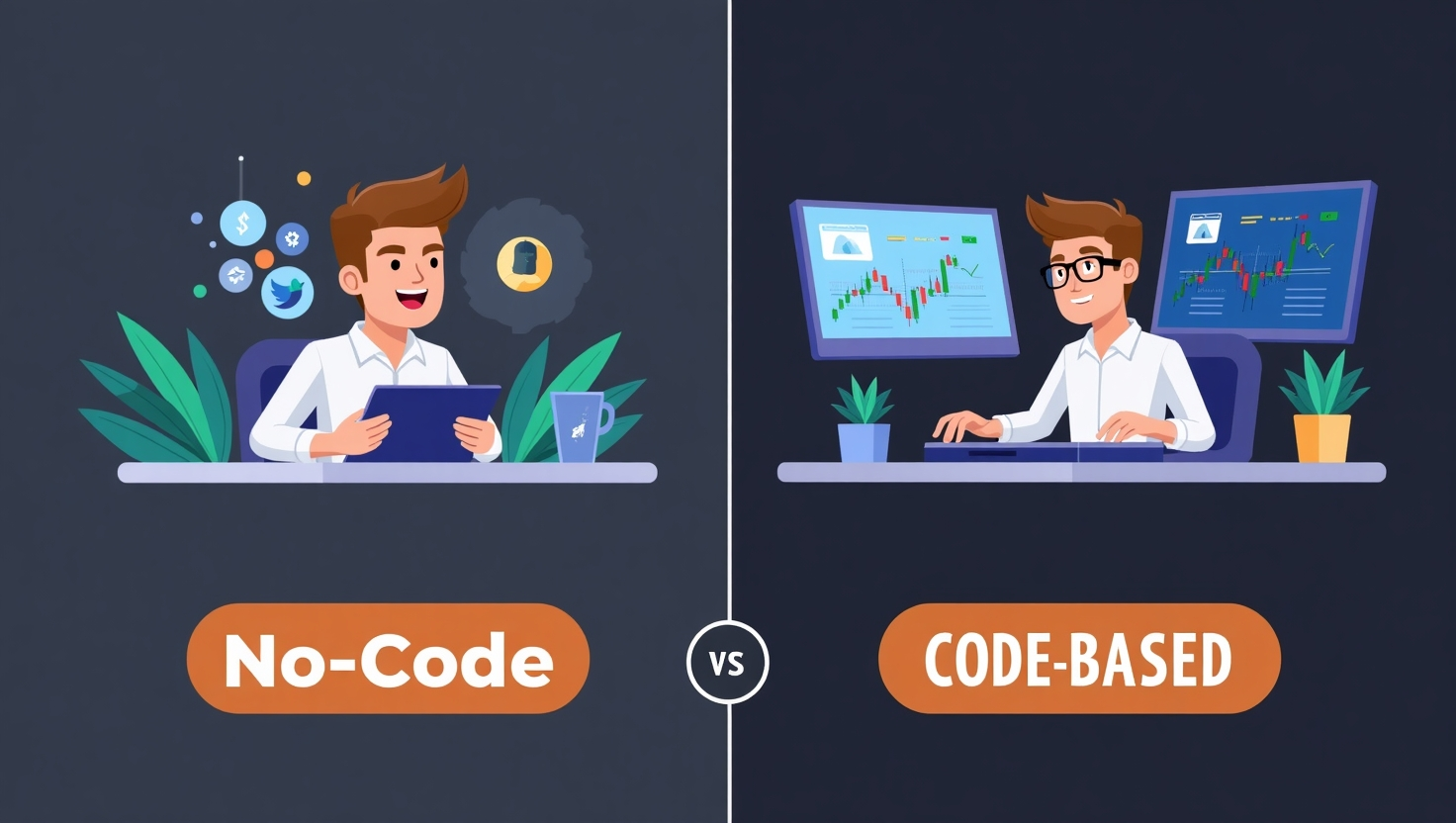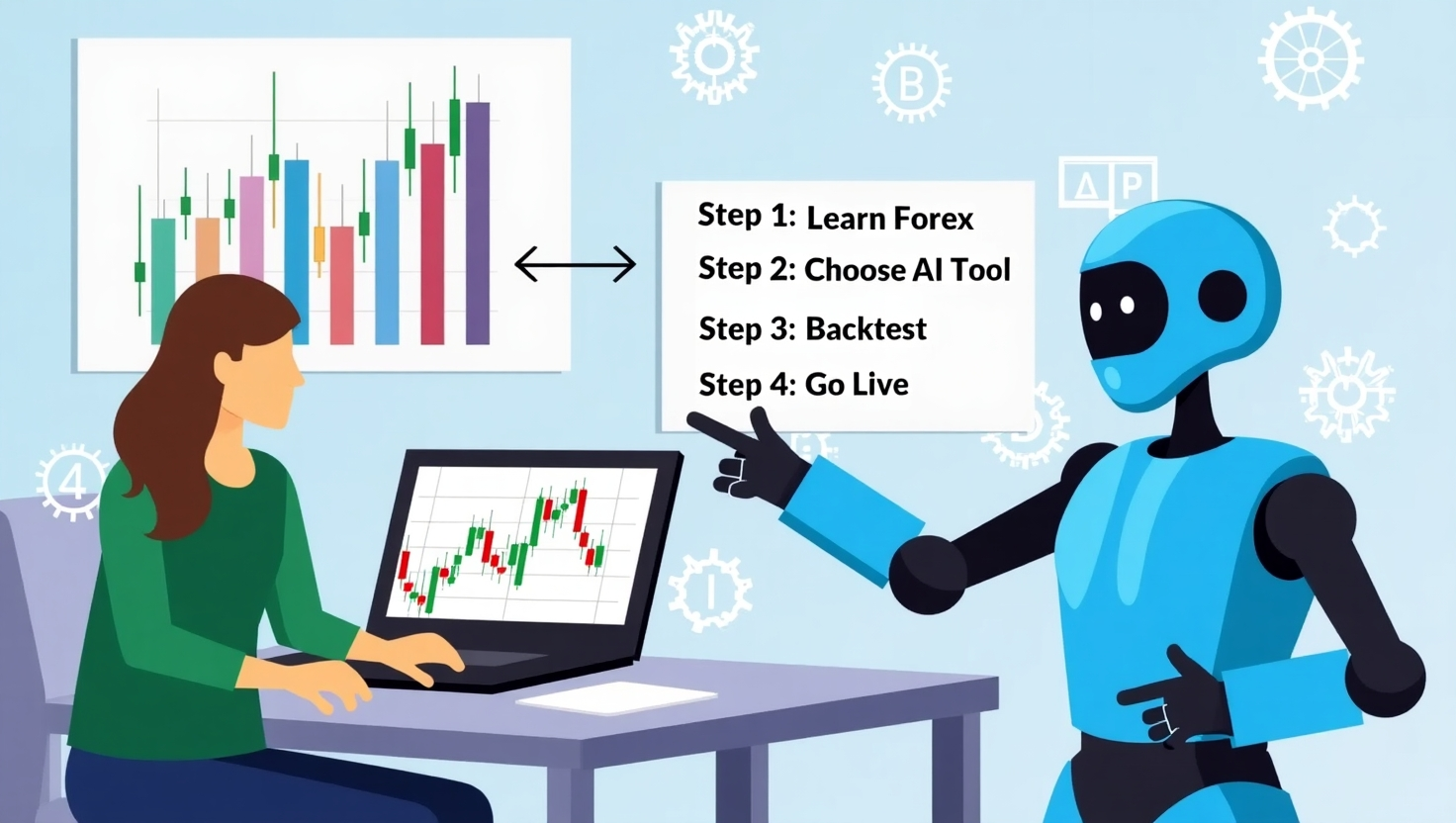- What Is AI Trading and Why Should You Care?
- What Is AI Trading?
- Why AI Trading?
- Pros and Cons of Starting AI Trading
- Step-by-Step Guide: How to Start AI Trading as a Beginner
- Real Example: From Manual to AI Trading
- FAQs: AI Trading for Forex Beginners
- Final Thoughts: Should You Start AI Trading?
- Action Steps

What Is AI Trading and Why Should You Care?
If you’re a beginner in forex trading, you’ve probably heard the buzz around AI trading—and for good reason. AI (Artificial Intelligence) is transforming how traders analyze data, make decisions, and execute trades. Unlike manual trading, which requires constant monitoring, AI trading automates decisions based on algorithms and machine learning, potentially increasing speed, accuracy, and profitability.
As a Financial Risk Manager and CTO at a forex brokerage firm, with 7 years of trading and investing experience and 3 years in data science, I’ve seen firsthand how AI is reshaping trading.
In this guide, I’ll walk you through everything you need to know to get started with AI trading.
What Is AI Trading?
AI trading uses algorithms, machine learning models, and data analysis tools to make trading decisions with minimal human intervention. It’s commonly used in forex, crypto, and stock markets.
Core Components:
- Algorithms: Define trading rules.
- Machine Learning: Learns patterns from historical data.
- Data Feeds: Real-time price and economic data for decision-making.
Why AI Trading?
AI adoption in trading is expected to surpass $25 billion globally by the end of 2025 (Statista, 2025). Here’s why you should pay attention:
- Faster decision-making: AI can analyze thousands of variables in milliseconds.
- Emotion-free trading: Removes fear and greed from trading decisions.
- Backtesting and optimization: AI can test strategies on years of historical data instantly.
Pros and Cons of Starting AI Trading
| Advantages | Disadvantages |
|---|---|
| 24/7 trading with minimal effort | Can be complex to set up initially |
| Backtested, data-driven strategies | Requires quality data to work effectively |
| Emotionless, consistent execution | Market anomalies may affect performance |
Step-by-Step Guide: How to Start AI Trading as a Beginner
Step 1: Understand the Basics of Forex Trading
If you’re new, first learn how the forex market works—currency pairs, pips, lots, leverage, etc. Resources like BabyPips.com and Investopedia are excellent starting points.
Step 2: Choose a Reliable Forex Broker With API Access
For AI trading, you need a broker that offers:
- API access (REST/MetaTrader)
- Low latency execution
- Real-time data feeds
- Regulated by a credible authority (FCA, CySEC, ASIC, etc.)
Pro Tip: Avoid unregulated brokers—data accuracy and withdrawal issues are common.
Step 3: Pick the Right AI Trading Platform or Language
You have two main options:
1. No-Code Platforms (Best for Beginners)
- Examples: Capitalise.ai, Trade Ideas, Algomojo
- Pros: No programming needed
- Cons: Limited customization
2. Code-Based (Python or MetaTrader)
- Examples: MetaTrader 5 + MQL5, Python + FXCM API
- Pros: High flexibility, full control
- Cons: Requires programming skills

Step 4: Learn or Use a Pre-Built AI Model
If you’re coding:
- Use machine learning libraries like scikit-learn, TensorFlow, or PyTorch.
- Build strategies based on indicators (RSI, MACD), price action, or sentiment analysis.
If you’re using no-code:
- Choose from available strategies like trend-following or breakout systems.
Step 5: Backtest the Strategy
Use at least 2–5 years of historical data to test the AI model.
- Platforms like QuantConnect, MetaTrader Strategy Tester, or Backtrader (Python) are ideal.
Warning: Overfitting to historical data can make your bot ineffective in live markets.
Step 6: Run in Demo Mode First
Test your AI bot on a demo account for 1–3 months to validate its performance.
- Monitor drawdowns, win/loss ratio, and trade execution.
Step 7: Go Live With Risk Management
Once you’re confident:
- Start with a small capital ($100–$500).
- Use stop-losses, position sizing, and maximum drawdown limits.

Real Example: From Manual to AI Trading
Last year, a client at our brokerage used a manual scalping strategy that delivered 3–4% monthly. After automating it using Python and FXCM’s API, monthly returns increased to 6–8%—with less time and effort.
FAQs: AI Trading for Forex Beginners
No. There are several no-code AI trading platforms available in 2025.
You can start AI trading with as little as $100 on some brokers.
Yes, AI trading is legal in most jurisdictions. Always use regulated brokers.
Start by learning basic forex trading, then choose a broker with API access. From there, select an AI trading platform (no-code or code-based), backtest your strategy, and test it on a demo account. Once you’re confident, go live with real capital and strict risk management. (See the step-by-step guide in the article.)
Yes, you can use AI to trade in 2025 through automated bots, machine learning models, or no-code platforms. AI can handle technical analysis, trade execution, and even adapt to market changes—saving you time and improving consistency.
There’s no single “best” AI. For beginners, Capitalise.ai or Tradetron are great no-code tools. If you’re tech-savvy, Python libraries like scikit-learn and TensorFlow combined with brokers like FXCM or Interactive Brokers offer more flexibility.
You can’t directly trade “OpenAI” as it’s not a publicly traded asset. However, you can integrate OpenAI technologies (like ChatGPT or Codex) into your AI trading workflow—for generating strategies, writing Python code, or analyzing financial text data.
Yes, AI trading is fully legal in most countries, including the US, UK, EU, and Australia—as long as you use regulated brokers and don’t engage in market manipulation or insider trading. Always check local regulations for updates.
OpenAI is not a trading platform and doesn’t offer direct trading services. However, developers use OpenAI tools to build AI systems that assist in trading (like signal generation or sentiment analysis). Costs depend on API usage (e.g., $0.002–$0.06 per 1K tokens as of 2025).
You can use OpenAI tools (like GPT models) to build or improve trading systems, generate insights, or automate parts of your strategy. Many traders in 2025 use ChatGPT for backtesting code, writing scripts, and analyzing news—but the profits depend on your strategy, risk, and discipline.
AI trading can be profitable if properly developed, tested, and managed. It reduces emotional errors and executes faster than humans. However, profitability depends on strategy quality, market conditions, and risk control. Most successful traders treat AI as a tool—not a guaranteed moneymaker.
AI trading systems don’t have a fixed “price.”\n- No-code platforms: $20–$100/month.\n- Custom-coded bots: Cost varies (free if DIY, or $500+ for freelance setups).\n- OpenAI API access: Pay-per-use based on tokens (affordable for most traders in 2025).\n\nTotal cost depends on your tech stack and trading frequency.
Final Thoughts: Should You Start AI Trading?
If you want to trade smarter—not harder—then AI trading offers a powerful way to automate your strategy, minimize emotional mistakes, and potentially improve returns. Start small, learn fast, and scale carefully.
Action Steps
✅ Choose a regulated broker with API access
✅ Decide between no-code or code-based platforms
✅ Backtest your strategy
✅ Start on demo before going live
Share & Learn More
If you found this guide helpful, share it with fellow traders or beginners. Want help building your first AI strategy? Reach out to my team or connect with me on LinkedIn.







